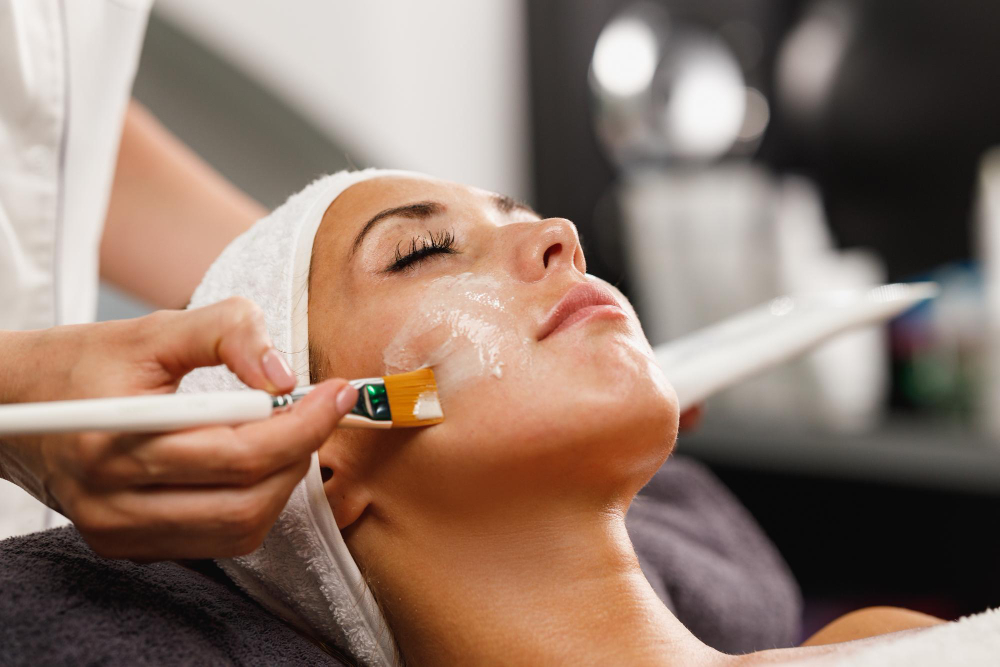Chemical Peels 101: Everything You Need to Know Before Trying One

Chemical peels have been gaining popularity in the cosmetic industry, especially in Windermere, FL. They're considered a non-invasive procedure that can help improve the appearance of various skin concerns like wrinkles, acne scars, hyperpigmentation, and more. If you're considering chemical peels, it's essential to understand the basics of what it is, how it works, and the potential benefits and risks involved. Here, we’ll provide an overview of chemical peels and what you need to know before trying one.
What is a chemical peel?
A chemical peel is a skin-resurfacing treatment that involves applying a chemical solution to the skin to cause exfoliation and stimulate cell turnover. The solution is applied to the skin, and it peels off the top layer of dead skin cells. This process encourages new cells to grow, resulting in smoother, brighter, and more even skin. There are different types of chemical peels, ranging from mild to deep, depending on the concentration and the strength of the solution used.
What are the benefits of chemical peels?
Chemical peels have numerous benefits, such as improving skin texture, reducing the appearance of fine lines, wrinkles, and acne scars, evening out skin tone, and reducing the size of pores. They're also known to stimulate the production of collagen, which can help improve the overall quality and firmness of the skin.
What to expect during a chemical peel session?
Your aesthetician will begin by examining your skin and determining the type of chemical peel that's suitable for your skin type and concerns. During the treatment, the solution is applied to the skin and left on for a certain amount of time. You may experience a slight burning sensation, but it's typically mild and tolerable. After the set time, the solution is neutralized, and a soothing mask or cream is applied to the skin to reduce redness and inflammation.
Is there any downtime or recovery following a chemical peel?
The recovery time for a chemical peel will depend on the depth of the treatment. Mild peels may not require any downtime, while deep peels can require up to a week or more for full recovery. During the recovery period, you may experience redness, peeling, and dryness, but it's crucial not to pick at the skin or use any harsh products. Sunscreen and moisturizer should be applied to protect and nourish the skin as it heals.
Conclusion
In conclusion, chemical peels can be a great way to achieve smoother, brighter, and more youthful-looking skin. However, it's important to consult your aesthetician and understand the differences between the various types of peels to ensure you get the right treatment for your skin concerns. At Vamped Aesthetics & Design, our experienced aestheticians can help guide you through the process and provide a customized treatment plan that will meet your individual needs. If you're ready to try chemical peels in Windermere, FL, schedule an appointment with us today. We’re excited to help you achieve your skincare goals.